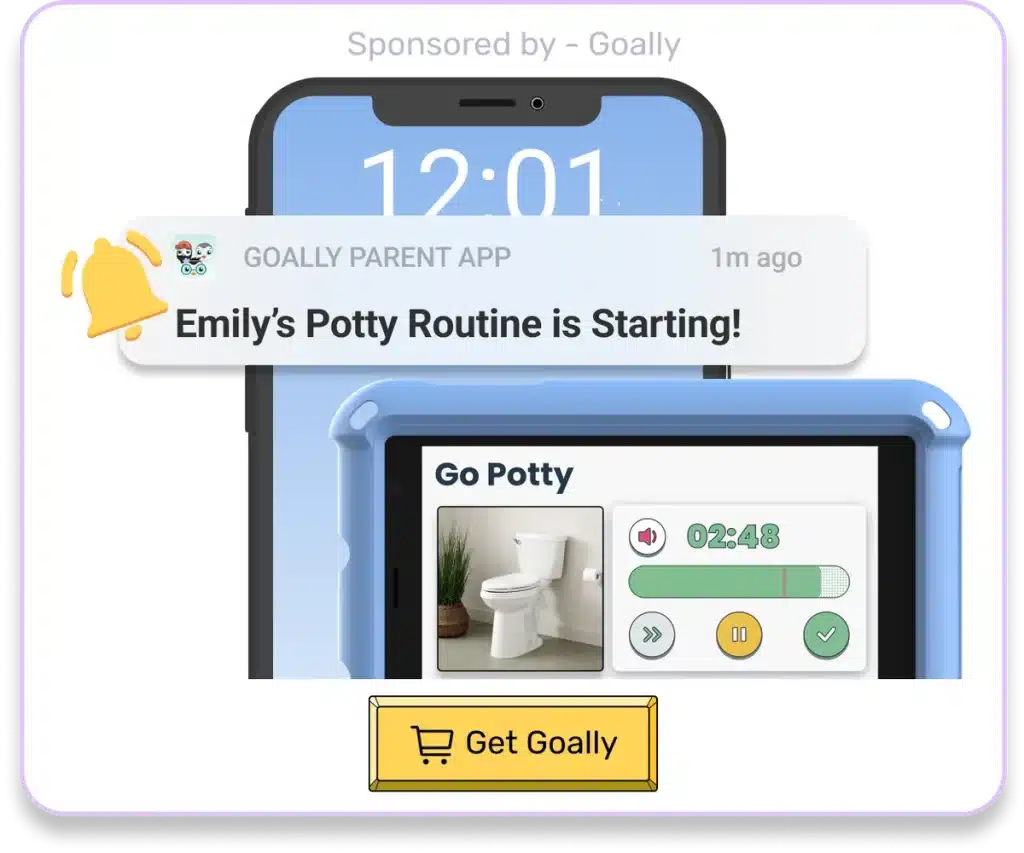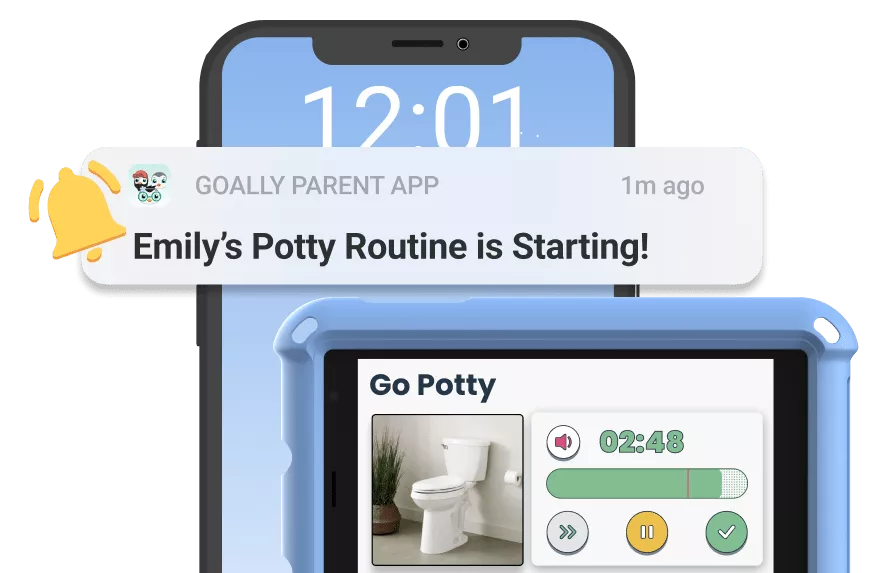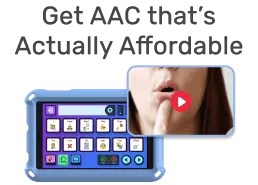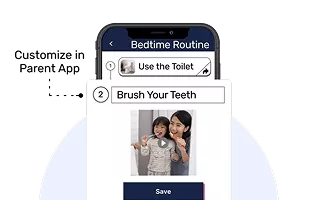Visual schedules for autism are tools that help neurodivergent kids stay organized, reduce anxiety, and build independence. A visual schedule can improve communication and provide structure for children struggling with time management or understanding routines. In this blog, I’ll explain why visual schedules are essential for autism, how to create one, and the best ways to use them at home and school.
- Visual schedules reduce anxiety and improve understanding of daily routines for neurodivergent kids.
- They help build independence by making tasks clear and manageable.
- Simple visual schedules are easy to create at home with tools like apps or printable templates.
Why are visual schedules important for autism? Visual schedules are crucial for kids with autism because they provide a clear and predictable structure. Children with autism often find comfort in routine and predictability, and visual schedules make it easier for them to understand what is happening next.
Table of Contents
What is a Visual Schedule for Autism?
At its core, a visual schedule for autism is a tool that uses pictures or symbols to represent tasks or activities throughout the day. It breaks down a routine into simple steps that are easy to follow. Words alone aren’t enough for many kids with learning differences; they need a visual representation of time and order to process and understand what’s expected of them.
From morning routines to bedtime rituals, these schedules lay out each step in a way that feels approachable for neurodivergent kids. Think of it as a roadmap for their day — something they can see and touch to know what’s coming next. This helps reduce anxiety and fosters independence as kids learn to manage their time and activities without constant reminders from caregivers.

Read more: Social Stories for Kids With Autism
How Does a Visual Schedule Help Neurodivergent Kids?
In my experience, visual schedules for autism are incredibly helpful for both parents and kids. First and foremost, they help reduce anxiety. Imagine you’re in a foreign country, unable to speak the language, and you don’t know what will happen next. That’s how many kids with autism feel every day when there’s no clear structure. But there’s no guesswork when they see what’s ahead of them in a visual schedule. They know exactly what to expect.
Another benefit is that visual schedules promote independence. When kids see that brushing their teeth is the next task, they can do it without being told. Over time, they associate the image with the action, building self-sufficiency without needing constant verbal prompts. This is a huge win for parents and kids, especially when parents juggle multiple tasks at once. Learn more about how to use a visual schedule for autism.
Creating an Effective Visual Schedule
One of the best parts about visual schedules is their flexibility. You don’t need fancy tools to create one, but using digital apps designed for this purpose, like Goally, can make it easier. Here are the key steps to creating a visual schedule:
- Identify key activities: Break down the day into important tasks like meals, schoolwork, playtime, and bedtime.
- Use clear images or symbols: Whether you’re using photos, icons, or hand-drawn pictures, make sure they are simple and easy to understand.
- Be consistent: Use the same images and symbols each time for consistency. Neurodivergent kids thrive on repetition and familiarity.
- Make it accessible: Post the visual schedule in a place where your child can see it, such as on the fridge or in their room.
How to Use Visual Schedules at Home and School
Once your visual schedule is ready, it’s important to use it consistently. I suggest introducing the schedule at home during morning routines or meal times when your child is likely more relaxed. Show them the schedule and guide them through each step.
Schools can also implement visual schedules, especially for kids in special education. Teachers can use schedules to help kids transition from one task to another, whether moving from free time to structured lessons or preparing for the end of the school day. In both settings, the key is consistency. When visual schedules become a regular part of the day, kids learn to trust them and feel more secure about what’s coming next.
Common Challenges and Solutions
Of course, no system is without its challenges. One common issue is that kids might get frustrated when the schedule changes unexpectedly. For instance, if a doctor’s appointment pops up, it can throw the whole day off. The trick here is flexibility. Consider adding a “change” card or a flexible symbol to represent the possibility of changes. This helps prepare them for the unexpected without causing too much stress.
Another challenge is that some kids might resist using the schedule at first. If this happens, don’t worry. You can ease them into it by offering rewards or praise when they follow the schedule. It’s important to make the process fun and encouraging rather than stressful.

Read More: What Should a Daily Schedule for Kids Look Like?
Using Technology for Visual Schedules
While traditional visual schedules work great, apps can take things to the next level. For instance, Goally’s visual schedule app allows you to create dynamic and interactive schedules for your child. The app offers visual cues, audio reminders, and progress tracking, which can be a huge help for parents trying to stay organized.
Apps like this are handy for older kids becoming more independent. They can check off tasks as they complete them, giving them a sense of accomplishment. Plus, it’s portable — no need to carry around a paper schedule when everything is on their tablet or smartphone.
Why Visual Schedules Are Effective for Autism
The science backs this up. According to research from the National Autistic Society, kids with autism often process visual information more effectively than verbal instructions. This is why visual schedules can make such a big impact. They provide information in a way that’s easy for kids with autism to understand, helping them feel more in control of their day-to-day lives.
Furthermore, studies have shown that using visual aids like schedules can significantly improve task completion and reduce problem behaviors in kids with autism. By creating predictability, visual schedules make smooth transitions between activities, reducing meltdowns and stress for parents and children.
Goally | Routines that Actually Work
Goally’s skill building tablet for kids has routines that break down large tasks into small, achievable steps. It helps kids complete their tasks independently!

Create custom routines with your own videos & pictures for every step. The steps come in small, bite-sized pieces to help your child learn the little fundamentals (like putting the toothpaste on their toothbrush!) to achieve bigger goals. And that’s just the beginning. See it in action:
Using visual schedules for autism isn’t just about helping kids get through the day — it’s about giving them the tools to thrive. By providing structure, reducing anxiety, and promoting independence, visual schedules are an essential resource for both parents and children navigating life with autism. With the right tools, you can make every day smoother and more enjoyable for your child.
Resources:
FAQs About Visual Schedules for Autism
What is a visual schedule for autism? A visual schedule for autism represents planned activities or tasks that help autistic individuals understand and manage their day-to-day lives.
Why are visual schedules important for children with autism? Visual schedules help children with autism by providing structure and predictability, reducing anxiety and meltdowns, and fostering independence.
How do you create a visual schedule? Creating a visual schedule involves identifying tasks or activities, breaking them down into simple steps, and representing each step visually using pictures, icons, or words.
What types of visual schedules are there? There are various types of visual schedules, including object, picture, written, and digital or app-based schedules.
How do you implement a visual schedule at home? Implement a visual schedule at home by placing it in an easily accessible area and reviewing it regularly with your child, making updates as necessary to fit changing routines.
This post was originally published on 04/13/2023. It was updated on 09/26/2024.

Hennah is an experienced writer and researcher, helping children with autism, ADHD, and other neurodivergent conditions. As a blog contributor for Goally, she combines her deep understanding of neurodiversity with practical advice, offering valuable insights to parents and educators.





